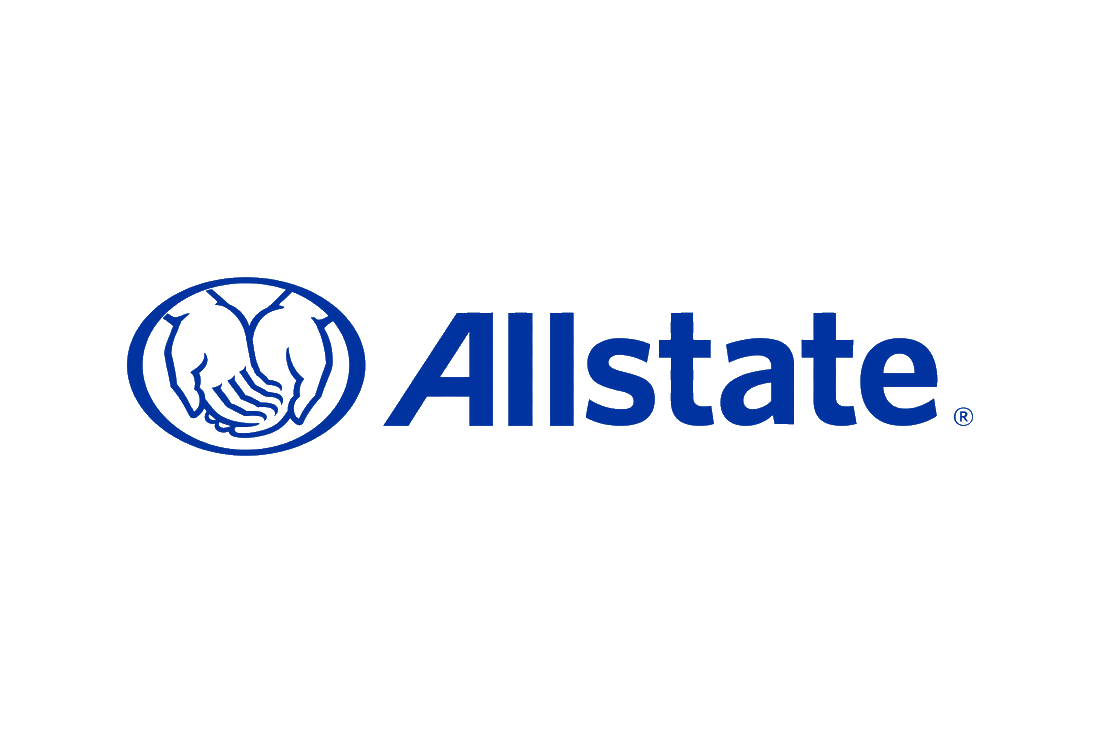Why trust NerdWallet
Strict editorial guidelines to ensure fairness and accuracy in our coverage to help you choose the financial products that work best for you. See our criteria for evaluating homeowners insurance.
More than 270 million rates analyzed by our team of specialists.
More than 50 insurance companies analyzed in all 50 states and Washington D.C. (See our top picks.)
USAA and Chubb are among the best home insurance companies in Hawaii, according to our analysis.
We analyzed data from more than 30 insurance companies to help you find the best home insurance in Hawaii.
Below are the insurers that earned 4.5 stars or more in our analysis. Rates are based on a sample homeowner with good credit, $300,000 of dwelling coverage, $300,000 of liability coverage and a $1,000 deductible.
Note: Some insurance companies included in this article may have made changes in their underwriting practices and no longer issue new policies in your state.
Company | NerdWallet star rating | Average annual rate |
|---|---|---|
Not available | ||
$660 | ||
Not available | ||
$505 | ||
USAA* | Not available | |
*USAA homeowners policies are available only to active military, veterans and their families. | ||
» MORE: The best homeowners insurance
Get home insurance quotes in minutes
Answer a few questions to see custom quotes and find the right policy for you.The best home insurance companies in Hawaii
Here's more information about the best homeowners insurance companies in Hawaii.

Chubb
Perks and high coverage limits for affluent homeowners.- Significantly fewer consumer complaints than expected for a company of its size.
- Standard coverage includes features that many companies offer only as extras.
- Large number of potential discounts.
- Most consumers aren't able to get a quote online and will instead need to contact a local agent.
Chubb caters to owners of high-value homes and draws far fewer consumer complaints than expected for a company of its size, according to the National Association of Insurance Commissioners. Its home insurance policies come with some great perks, including extended replacement cost coverage in case it costs more than your dwelling limit to rebuild your home after a disaster.
Chubb policyholders may also be able to take advantage of the company’s HomeScan service, which uses infrared cameras to look for problems behind the walls of your home.
» READ MORE: Chubb homeowners insurance review

Allstate
Widely available across the U.S. with lots of ways to customize your policy.- Lots of discounts to help you save.
- Home-sharing coverage available.
- Many ways to customize your coverage.
- Ranked below average in J.D. Power’s 2024 U.S. Home Insurance Study.
Allstate offers many ways to customize your policy, including replacement cost coverage for your personal property and coverage for water damage caused by backed-up drains. Other, less common options may include home-sharing coverage and reimbursement for replacing damaged items with energy-efficient versions.
You may also be able to upgrade your policy with the Enhanced Package. One benefit of this package is Deductible Rewards, which takes $100 off your deductible for signing up, plus an additional $100 off for each year you go claim-free. And if you do file a claim, your rates won’t go up.
» READ MORE: Allstate homeowners insurance review

Cincinnati Insurance
Sells homeowners policies through local independent agents across the U.S.- Various coverage options.
- Far fewer complaints than expected for a company of its size.
- Has special coverage packages for higher-value homes.
- No online quotes.
Cincinnati Insurance sells homeowners policies through independent agents, with various options for standard and high-value homes. You may be able to add coverage for things like identity theft, personal cyber attacks or certain types of water damage.
Cincinnati may offer you a discount for bundling home and auto insurance, having a newer home or installing a centrally monitored alarm system.
» READ MORE: Cincinnati Insurance homeowners insurance review
State Farm
Well-established insurer with a lengthy list of coverage options.- User-friendly website.
- Agents offer personalized service.
- Policies generally include extra coverage for your home’s structure.
- Advertises fewer discounts than some other insurers.
As America’s largest home insurer, State Farm stands out for its long list of coverage options. Its policies generally include extra dwelling coverage in case it costs more than expected to rebuild your home after a covered disaster. You may also be able to add coverage for things like identity theft, damage from backed-up drains and personal injury liability.
State Farm offers a free Ting device as a perk for home insurance policyholders. Ting is a smart plug that monitors your home’s electrical network to help prevent fires.
» READ MORE: State Farm homeowners insurance review

USAA
Offers perks and affordable rates for the military community.- Policies include standard coverage that often costs extra elsewhere.
- Far fewer customer complaints to state regulators than expected for a company of its size.
- Rates are below the national average, according to NerdWallet’s analysis.
- Available only to active military members, veterans and their families.
USAA sells homeowners insurance to veterans, active military members and their families. If that description fits you, you may want to consider a USAA policy. That’s because the company’s homeowners insurance has certain features that other insurers may charge extra for.
For example, USAA automatically covers your personal belongings on a replacement cost basis. Many companies pay out only what your items are worth at the time of the claim, which means you may not get much for older items. USAA pays enough for you to buy brand-new replacements for your stuff.
» READ MORE: USAA homeowners insurance review
How much does homeowners insurance cost in Hawaii?
The average annual cost of home insurance in Hawaii is $610. That’s 71% less than the national average of $2,110.
In most states, including Hawaii, many insurers use your credit-based insurance score to help set rates. Your insurance score is similar but not identical to your traditional credit score.
In Hawaii, those with poor credit pay an average of $660 per year for homeowners insurance, according to NerdWallet’s rate analysis. That’s 8% more than those with good credit.
Average cost of homeowners insurance in Hawaii by city
Average Hawaii homeowners insurance rates tend to be fairly consistent across the state. For instance, the average cost of home insurance in Honolulu is $585 per year, while homeowners in Hilo pay $610 per year, on average.
City | Average annual rate | Average monthly rate |
|---|---|---|
Aiea | $585 | $49 |
Ewa Beach | $585 | $49 |
Haiku | $610 | $51 |
Hilo | $610 | $51 |
Honolulu | $585 | $49 |
Kahului | $610 | $51 |
Kailua | $585 | $49 |
Kailua Kona | $610 | $51 |
Kamuela | $610 | $51 |
Kaneohe | $585 | $49 |
Kapaa | $610 | $51 |
Kapolei | $585 | $49 |
Keaau | $610 | $51 |
Kihei | $610 | $51 |
Lahaina | $610 | $51 |
Lihue | $610 | $51 |
Makawao | $610 | $51 |
Mililani | $585 | $49 |
Pahoa | $610 | $51 |
Pearl City | $585 | $49 |
Wahiawa | $585 | $49 |
Waianae | $585 | $49 |
Wailuku | $610 | $51 |
Waimanalo | $585 | $49 |
Waipahu | $585 | $49 |
The cheapest home insurance in Hawaii
Here are the insurers we found with average annual rates up to the Hawaii average of $610.
Company | NerdWallet star rating | Average annual rate |
|---|---|---|
DB Insurance | Not rated | $330 |
RLI | Not rated | $460 |
$505 |
Common risks for Hawaii homeowners
Hawaii’s unique geology brings special considerations for those who own homes there. Here are a few of the more common risks, plus ways to make sure your home is covered against them.
Flooding
Flooding can seriously damage your home, and standard homeowners insurance policies typically won't cover it. As a result, homeowners in high-risk areas may need to buy separate flood insurance to protect themselves financially.
Not sure if you’re at risk for flooding? You can look up your address on the Federal Emergency Management Agency's flood maps. However, FEMA’s maps don’t always capture all types of flood risk, so you may also want to check the website of the nonprofit First Street Foundation, which models climate risks. Enter your address in the top left corner to see your home’s flood risk rating on a scale of 1 to 10.
Remember that while you can get flood coverage at any time, there’s often a 30-day waiting period before the insurance takes effect.
Hurricanes
In Hawaii, homeowners with mortgages are typically required by their lenders to purchase supplemental hurricane insurance in addition to standard home insurance. Once a hurricane watch or warning is issued, hurricane insurance generally kicks in and remains in effect for 72 hours.
Coverage under hurricane insurance varies, so it’s important to read your policy carefully. In general, a hurricane policy will cover damage from wind but not flooding. To make sure your home has the most comprehensive coverage for hurricanes, you’ll need a separate flood insurance policy.
Because hurricane insurance is separate from your homeowners policy, it will have its own deductible, usually a percentage of your dwelling coverage. For example, if your home has $300,000 worth of dwelling coverage and a 5% hurricane deductible, you’ll be responsible for the first $15,000 of damage before your insurance will pay for anything.
Volcanic activity
Coverage for volcanic activity varies, so it’s important to review your homeowners insurance policy to understand what it covers. For instance, some damage caused by lava may be covered as fire damage.
When reviewing your policy, pay attention to your dwelling coverage limit. This is the amount the insurance company will pay to rebuild your house. Volcanic activity could destroy your home, so talk with your insurer to make sure you have enough coverage to rebuild if necessary.
Earthquakes
Standard homeowners insurance policies don't typically cover structural damage due to an earthquake. If you live in an area with higher risk, consider buying additional earthquake insurance.
Earthquake insurance often has a separate deductible, which can be around 5% to 25% of the dwelling coverage on your policy. For example, if you have a 20% deductible on $200,000 of coverage, you would need to pay a $40,000 deductible for earthquake damage before your insurance covers anything.
Hawaii insurance department
The Hawaii Department of Commerce and Consumer Affairs oversees the insurance industry for the state. Its website provides useful insurance information for consumers, including hurricane preparedness resources and information on lava flow insurance.
This department can help answer your questions about insurance in Hawaii by email at insurance@dcca.hawaii.gov or by phone at 808-586-2790. If you have an issue with your insurer, file a complaint with the department using its consumer complaint form.
- Looking for more insurance in Hawaii?
- Find home insurance in other states
Amanda Shapland contributed to this story.
Frequently asked questions
Is homeowners insurance required in Hawaii?
Is homeowners insurance required in Hawaii?
Homeowners insurance isn't required by Hawaii state law. However, your lender may require you to buy home insurance. For more information, read Is Homeowners Insurance Required?
Does Hawaii home insurance cover volcanoes?
Does Hawaii home insurance cover volcanoes?
Coverage for volcanic activity varies by policy. Fire damage caused by lava flows may be covered, but it’s important to read your policy carefully to make sure you understand the details.
How can I save money on homeowners insurance in Hawaii?
How can I save money on homeowners insurance in Hawaii?
There are several ways to save money on Hawaii home insurance:
Shop around to make sure you’re getting the best rate.
Choose a higher deductible. In case of any claims, you’ll pay more out of pocket, but your premiums will be lower.
Bundle your home and auto insurance for a lower overall rate. See the best home and auto insurance bundles.
Ask your insurer if you qualify for any home insurance discounts.
Homeowners insurance rates methodology
NerdWallet calculated median rates for 40-year-old homeowners from various insurance companies in the 25 largest cities in each U.S. state by population. All rates are rounded to the nearest $5.
Sample homeowners were nonsmokers with good credit living in a single-family, two-story home built in 1984. They had a $1,000 deductible and the following coverage limits:
$300,000 in dwelling coverage.
$30,000 in other structures coverage.
$150,000 in personal property coverage.
$60,000 in loss of use coverage.
$300,000 in liability coverage.
$1,000 in medical payments coverage.
We made minor changes to the sample policy in cases where rates for the above coverage limits or deductibles weren’t available.
We changed the credit tier from “good” to “poor,” as reported to the insurer, to see rates for homeowners with poor credit.
These are sample rates generated through Quadrant Information Services. Your own rates will be different.
Star rating methodology
NerdWallet’s homeowners insurance ratings reward companies for customer-first features and practices. Ratings are based on weighted averages of scores in several categories, including financial strength, consumer complaints, coverages, discounts and online experience. These ratings are a guide, but we encourage you to shop around and compare several insurance quotes to find the best rate for you. NerdWallet does not receive compensation for any reviews. Read our full homeowners insurance rating methodology.
Complaint methodology
NerdWallet examined complaints received by state insurance regulators and reported to the National Association of Insurance Commissioners in 2021-2023. To assess how insurers compare with one another, the NAIC calculates a complaint index each year for each subsidiary, measuring its share of total complaints relative to its size, or share of total premiums in the industry. To evaluate a company’s complaint history, NerdWallet calculated a similar index for each insurer, weighted by market shares of each subsidiary, over the three-year period. NerdWallet conducts its data analysis and reaches conclusions independently and without the endorsement of the NAIC. Ratios are determined separately for auto, home (including renters and condo) and life insurance.
